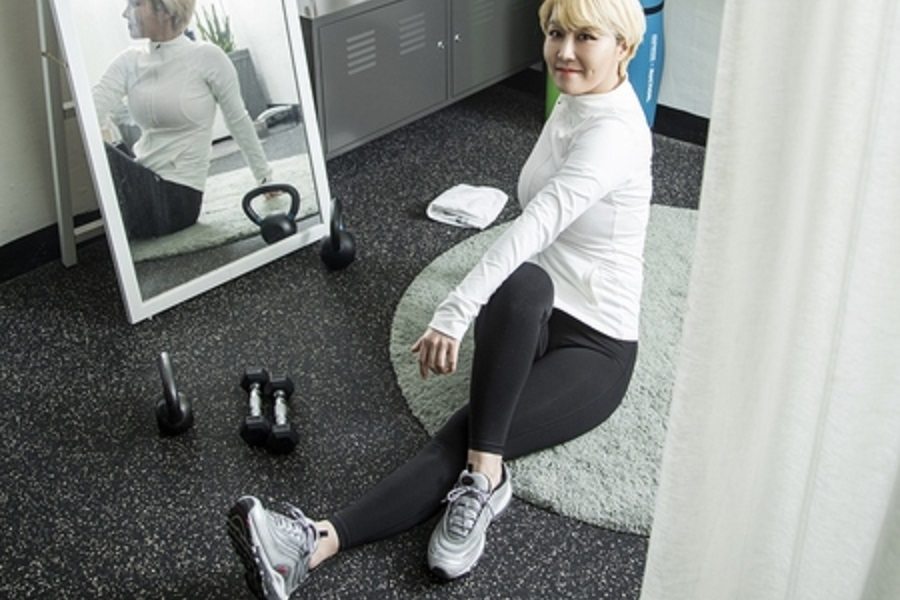One of the most common questions that new mothers ask is when they can start walking postpartum. Walking after childbirth is crucial not only for physical recovery but also for mental health. However, it is essential to understand that every woman’s body is different, and the recovery period may vary from person to person.
Postpartum recovery involves a range of changes in a woman’s body, including physical healing, hormonal shifts, and emotional adjustments. Walking is an excellent low-impact exercise that can help speed up postpartum recovery, improve circulation, and boost energy levels. In this article, we will discuss when you can start walking postpartum and some key points to keep in mind.
Before starting the discussion, it is essential to note that every woman’s postpartum recovery journey is unique. Therefore, it is always best to consult with your healthcare provider before beginning any physical activity after childbirth.
When Can You Start Walking Postpartum?
The American College of Obstetricians and Gynecologists (ACOG) recommends that women should wait at least six weeks after giving birth before resuming any vigorous physical activity or exercise routine. This waiting period provides ample time for the body to heal and recover from childbirth.
During the initial six-week period, your body undergoes significant changes as your uterus shrinks back to its pre-pregnancy size, and your hormones begin to stabilize. During this time, it is crucial to focus on gentle movements and light stretching to promote blood circulation and prevent blood clots.
After the first six weeks, most women are ready to resume their daily activities, including walking. However, it is important to start slowly and gradually increase the duration and intensity of your walks. Begin with short, slow walks around your house or yard and gradually increase the distance and pace as your body adjusts to the exertion.
Factors Affecting Postpartum Recovery
Several factors can affect a woman’s postpartum recovery, including the type of delivery, the presence of complications, and pre-existing medical conditions.
Women who have had a vaginal birth without complications can usually resume walking after six weeks, provided they feel comfortable and do not experience any pain or discomfort. On the other hand, women who have had a cesarean section may need more time to recover as their bodies require additional healing time.
Similarly, if you experienced any complications during childbirth, such as excessive bleeding, infections, or perineal tears, it is essential to consult with your healthcare provider before resuming any physical activity.
Pre-existing medical conditions such as high blood pressure, diabetes, and heart disease can also impact postpartum recovery and may require additional medical attention and guidance.
Tips for Walking Postpartum
Walking postpartum can be an excellent way to promote physical and mental health. However, it is crucial to keep in mind that your body has undergone significant changes, and it may take time to build back up your endurance and strength. Here are some tips for walking postpartum:
Start slowly:
Begin with short, slow walks and gradually increase the duration and intensity as your body adjusts to the exertion.
Wear supportive shoes:
Invest in a good pair of walking shoes with adequate arch support and cushioning to prevent foot pain and injury.
Stay hydrated:
Drink plenty of water before, during, and after your walk to stay hydrated and maintain energy levels.
Listen to your body:
If you experience any pain, discomfort, or exhaustion, slow down or stop and rest.
Use a stroller:
Consider using a stroller to bring your baby along for your walks. It can provide an extra workout and bonding time with your little one.
Conclusion
Walking postpartum is an excellent low-impact exercise that can help speed up postpartum recovery, improve circulation, and boost energy levels. However, it is crucial to wait at least six weeks after giving birth and consult with your healthcare provider before resuming any physical activity.
Factors such as the type of delivery, the presence of complications, and pre-existing medical conditions can impact postpartum recovery and may require additional medical attention and guidance.
Remember to start slowly, wear supportive shoes, stay hydrated, listen to your body, and consider using a stroller to bring your baby along for your walks. With time and patience, walking can be a great way to promote physical and mental health during the postpartum period.
Related topics:


